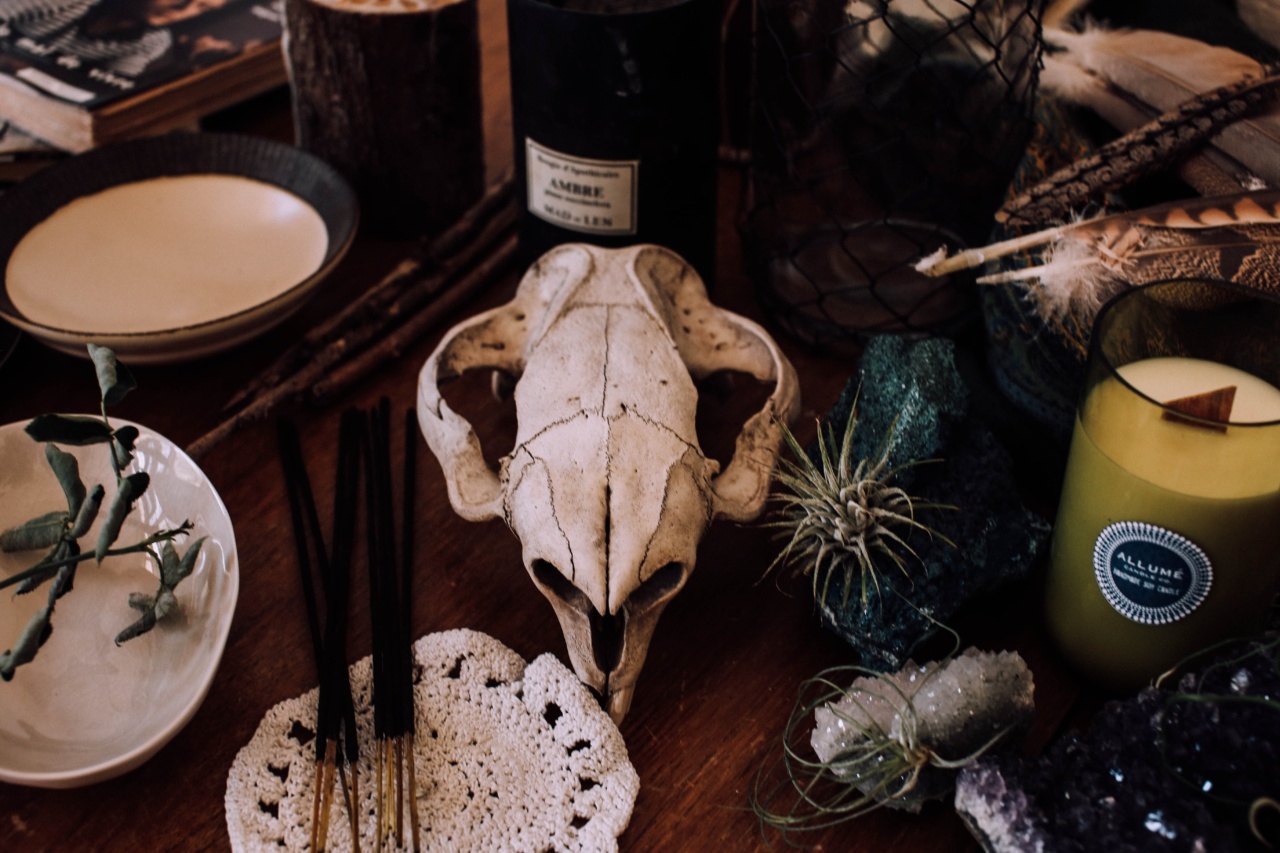Sea urchins are fascinating creatures that dwell in oceans around the world. While they may seem harmless, stepping on a sea urchin can be a painful experience.
These spiky creatures are covered in sharp spines that can easily penetrate the skin, leading to discomfort, swelling, and infection. If you happen to step on a sea urchin, it is crucial to act quickly and appropriately to minimize the potential for complications. In this article, we will discuss the steps you should take if you find yourself in this unfortunate situation.
1. Assess the Situation
The first step after stepping on a sea urchin is to assess the situation. Take a moment to evaluate the severity of the injury. If the spines have broken off and are still lodged in your skin, you will need to carefully remove them.
However, if the spines have not penetrated deeply and are only superficially embedded, you may be able to address the situation on your own without removing any spines.
2. Do Not Panic
It is natural to feel alarmed or panicked after stepping on a sea urchin, especially if you are experiencing intense pain. However, it is vital to stay calm and composed. Panicking can elevate your heart rate and potentially worsen the situation.
Take a deep breath and focus on the next steps to ensure a swift and effective response.
3. Seek Medical Help
If you are unsure about the severity of your injury or if the pain is unbearable, it is recommended to seek immediate medical help. Medical professionals can assess the situation, provide appropriate treatment, and prevent any potential complications.
Even if you feel capable of handling the situation on your own, it is still advisable to consult a healthcare professional to ensure proper healing.
4. Soak the Affected Area in Hot Water
If you are unable to seek immediate medical assistance or if the injury seems minor, you can begin by soaking the affected area in hot water. The hot water helps to alleviate the pain and can also aid in the removal of any embedded spines.
Allow your foot or affected body part to soak in the hot water for at least 30 minutes. Ensure that the temperature is bearable and not scalding hot, as extreme heat can damage the skin further.
5. Use Vinegar or Hot Water with Vinegar
Vinegar can be incredibly useful in neutralizing the toxins secreted by some sea urchins. If you have access to vinegar, you can create a mixture by diluting it with hot water. Soak the affected area in this vinegar solution for approximately 30 minutes.
The vinegar will help break down the toxins and cleanse the wound, reducing the risk of infection.
6. Remove Any Visible Spines
If you are confident in your ability to remove the spines safely, you can do so using sterilized tweezers or forceps. Carefully grip the spine as close to the skin as possible and gently pull it out in the same direction it entered.
Avoid applying excessive force or twisting the spines, as this can cause them to break off and potentially exacerbate the injury. Additionally, make sure to disinfect the tweezers or forceps before use to minimize the risk of infection.
7. Cleanse the Wound
After removing any visible spines, it is essential to thoroughly clean the wound to prevent infection. Use mild soap and warm water to gently cleanse the affected area. Ensure that you remove any debris or foreign particles from the wound.
Pat the area dry with a clean towel or cloth, taking care not to rub or irritate the injured skin.
8. Apply an Antiseptic
Once the wound is clean and dry, apply a suitable antiseptic to help prevent infection. Antiseptics such as hydrogen peroxide, iodine, or rubbing alcohol can be used to disinfect the area.
Apply the antiseptic solution directly to the wound using a clean cotton ball or gauze. Be cautious not to use excessive amounts of antiseptic, as this can delay the healing process.
9. Bandage the Wound
After applying the antiseptic, cover the wound with a sterile dressing or bandage. This will help protect the injured area from dirt, bacteria, and further irritation.
Ensure that the bandage is applied snugly but not too tightly, as proper blood circulation is essential for healing. Remember to change the bandage regularly and monitor the wound for any signs of infection.
10. Monitor for Complications
Keep a close eye on the wound for any signs of infection or worsening symptoms. If you notice redness, increased pain, swelling, discharge, or fever, it is crucial to seek prompt medical attention.
These signs may indicate an infection or an allergic reaction, and require professional evaluation and treatment.
Conclusion
Stepping on a sea urchin can be a painful experience, but by following the appropriate steps, you can minimize the risk of complications and promote healing.
Remember to stay calm, seek medical help if necessary, and properly clean and care for the wound. Prevention is always better than cure, so take precautions like wearing suitable footwear and exercising caution when walking in areas where sea urchins are prevalent.
By doing so, you can reduce the chances of stepping on these spiky creatures and enjoy a safe and memorable time by the sea.































